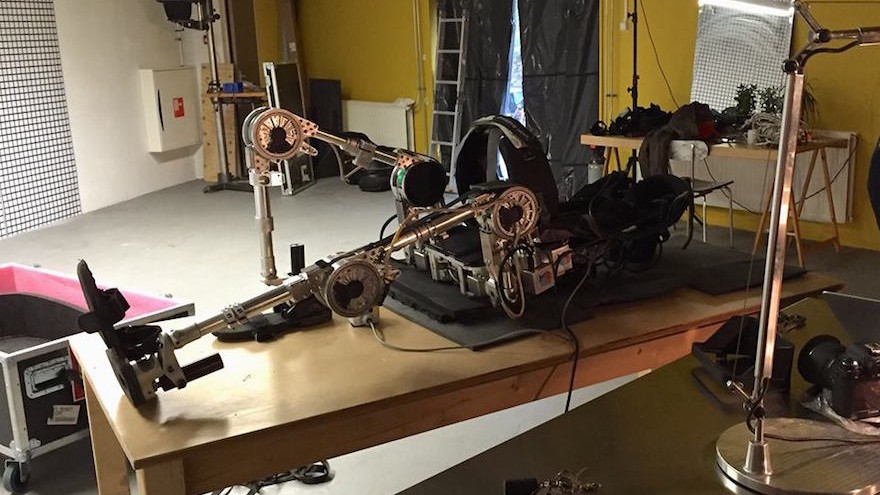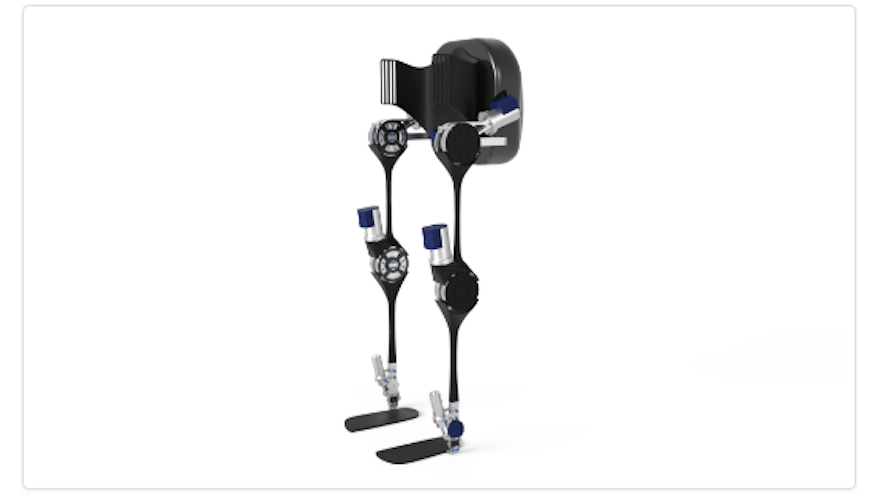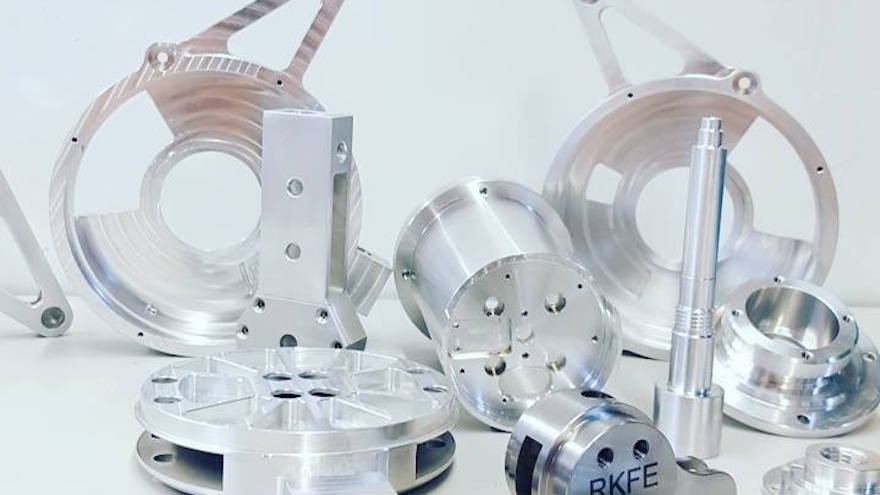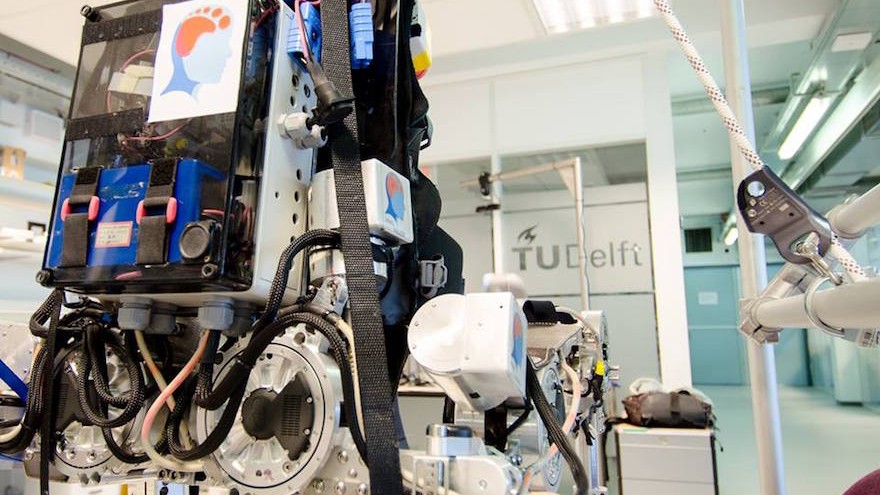You’d be quick to assume that advanced scientists and researchers with years of technology expertise built the MARCH exoskeleton. In fact, the innovative team behind it is comprised of Bachelor and Master students from Delft University of Technology (TU Delft) in the Netherlands. The team’s core pursuit is to collectively utilise their knowledge to make life better and that was the thinking that guided Project MARCH.
The exoskeleton is aimed at giving paraplegics and people with mobility disorders the life-changing chance to stand, walk and even have eye-to-eye conversations with their friends, colleagues and family. The technology behind the exoskeleton assists them to overcome obstacles they face on a daily basis.
Daily activities such as opening a door or getting up from a couch are easy to do for people without a physical handicap. For those whose mobility is impaired, these tasks can be extremely challenging. Using a wheelchair can restore a large aspect of mobility, however mobility in this form can still feel like a restriction. The state-of-the-art mechanism, an exoskeleton, innovatively addresses such feelings of restriction using an external harness that stimulates the human body’s natural motion.
The MARCH design is based on the Mindwalker exoskeleton – one of the results of a European research project – called Symbitron. What makes MARCH unique is its stability maintenance and its intuitive ways of operating this exoskeleton alongside its user-friendliness and modular structure.
Meet MARCH – the exoskeleton
MARCH is a state-of-the-art prosthetic device made up of a number of technologically advanced components:
Custom-made frame
- A frame made from a 3D scan for optimal body-frame interaction.
Freedom of movement
- Five degrees of freedom per leg to guarantee a natural way of movement, of which two degrees are located in the hip area. This enables sideward movement thereby accurately placing the pilot’s feet on the ground. The additional joint in the hip allows for leg-to-leg weight shifting rendering a positive effect on the pilot’s stability.
Sensors
- A series of sensors enables MARCH to accurately measure its environment.
Carbon-fibre backpack
- A lightweight backpack protects the advanced electronics and computing system.
Pilot
- Complex algorithms enable crutch-orientated movement.
Series Elastic Actuation
- To provide the power to actuate the exoskeleton joints, custom-made electro-motors are used to drive a spindle that is connected to a titanium spiral spring. It’s this spring that enables measurement accuracy of the joint’s torque whilst simultaneously absorbing and filtering shocks in the system.
The frame
- Using an exoskeleton is pivotal to guarantee comfort for the pilot, but by making a 3-D scan of the pilot’s legs at which the frame can be precisely modelled such comfort is achieved. This is another aspect that makes MARCH unique – a frame specifically designed for the pilot.
Later this year, MARCH will compete in Cybathlon – the first bionic world championships in Zurich. The reason for this is that the team thought it was the perfect platform to test their idea, while having a positive impact on society. They believe that any innovations made as a direct result of competing at Cybathlon will give MARCH and other exoskeletons the functionality boost it needs to help paraplegics and those with mobility impediments to overcome their mobility challenges on a daily basis.
Every obstacle in the tournament must be completed with an exoskeleton controlled by a paraplegic pilot over six disciplines. These include: Sitting and standing up from a sofa; slalom (testing the avoidance of obstacles in its path); ramp with a door (testing manoeuvrability in a constrained space); stepping stones (testing foot placement capability); tilted path (testing balance and stability); stairs (testing speed, gait adaptation and placement capability).
Project MARCH is a true inspiration of how with creativity and innovation we can bring science to life, proving that the right support, anything is possible.










